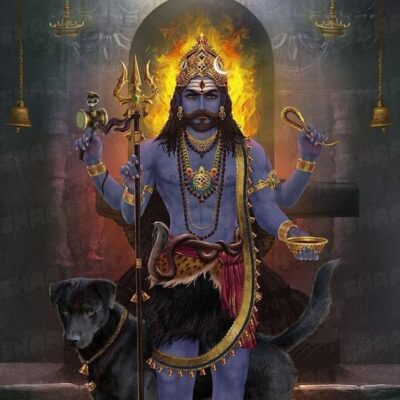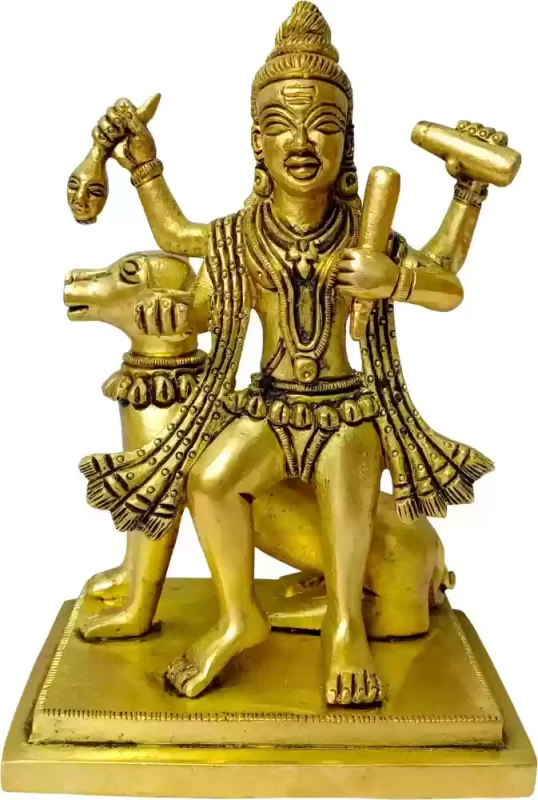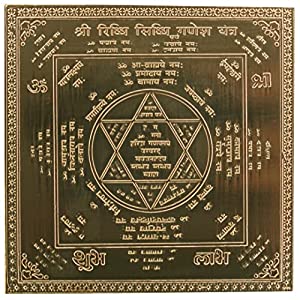Wavs
Bhairava

Bhairava: The Fierce and Benevolent Lord
Bhairava, a formidable deity in Hindu mythology, embodies the dual aspects of destruction and protection, revered for his fierce demeanor and benevolent nature. Often depicted as a wrathful form of Lord Shiva, Bhairava commands reverence and awe among devotees who seek his blessings for spiritual transformation and liberation from worldly attachments.
Mythological Origins and Symbolism
The origins of Bhairava trace back to ancient Hindu texts and scriptures, where he emerges as one of the fierce manifestations of Lord Shiva, tasked with maintaining cosmic order and destroying ignorance. Legend has it that Bhairava appeared from Shiva’s wrathful glare (or third eye), manifesting in response to a cosmic crisis or to teach profound lessons to gods and demons alike.
Symbolically, Bhairava is depicted with a terrifying countenance, adorned with serpents, skulls, and garlands of bones, symbolizing his mastery over death and transformation. His fierce appearance signifies the destruction of ego and ignorance, essential for spiritual growth and realization.
Forms and Manifestations
Bhairava is worshipped in various forms across different regions of India and Nepal, each associated with specific attributes and mythological narratives. Some prominent forms include Kala Bhairava (the lord of time), who oversees the march of time and dispenses justice swiftly; Mahakala Bhairava (the great lord of the terrifying aspect), who embodies the ultimate transcendence beyond fear; and Batuk Bhairava, a child-like form known for his playful yet potent demeanor.
Each form of Bhairava resonates with devotees seeking protection, wisdom, and liberation from worldly entanglements, offering unique blessings and guidance on the spiritual path.
Iconography and Ritual Practices
In iconography, Bhairava is often depicted with a dog as his divine vehicle (vahana) symbolizing loyalty and guardianship. He is adorned with ornaments of skulls and carries weapons such as a trident (trishula) or a drum (damaru), symbolizing his authority over life and death.
Devotees propitiate Bhairava through various rituals and ceremonies, particularly on Ashtami (the eighth day of the lunar calendar), considered auspicious for his worship. Offerings of red flowers, sesame seeds, and alcohol are made to appease Bhairava, invoking his protective energies and seeking blessings for courage, fearlessness, and spiritual progress.
Spiritual Significance and Devotional Practices
Bhairava holds profound significance in tantric traditions, where he is revered as the supreme lord of the spiritual path (sadhana), guiding aspirants through rigorous practices aimed at inner transformation and enlightenment. Tantric texts and teachings often invoke Bhairava’s assistance in overcoming obstacles, dispelling negativity, and accelerating spiritual evolution.
Devotees of Bhairava engage in intense meditation practices (dhyanam) and mantra recitations (japa), often using specific mantras like the Bhairava Gayatri or the Ashtakshara Mantra dedicated to Kala Bhairava. These practices are believed to invoke Bhairava’s divine presence and align the practitioner with his transformative energies.
Contemporary Reverence and Global Influence
In contemporary Hinduism, Bhairava continues to inspire devotion and reverence among spiritual seekers, tantric practitioners, and devotees seeking protection and spiritual empowerment. His temples, such as the famous Kashi Vishwanath Temple in Varanasi dedicated to Kala Bhairava, attract pilgrims seeking blessings for auspicious beginnings and liberation from karmic cycles.
The reverence for Bhairava extends beyond traditional boundaries, resonating with followers of Hinduism worldwide and transcending cultural barriers. His worship embodies the timeless wisdom of embracing life’s challenges with courage and surrendering ego to attain spiritual liberation.
Bhairava, the fierce yet benevolent lord of transformation and protection, stands as a testament to the multifaceted nature of divinity in Hindu mythology. Through his fierce forms and compassionate guidance, Bhairava offers devotees a pathway to transcendence, empowering them to navigate life’s trials with courage and wisdom. His mythological narratives and spiritual practices continue to inspire seekers on the quest for spiritual evolution and inner liberation, making Bhairava a revered deity in the rich tapestry of Hindu religious lore.

Bhairava, a formidable deity in Hindu mythology, embodies the fierce aspect of Lord Shiva, revered for his role as a protector and destroyer of negativity. Often depicted with a terrifying countenance adorned with skulls and weapons, Bhairava’s presence symbolizes the triumph of righteousness and the eradication of ignorance. He is worshipped for his ability to dispel obstacles, uphold cosmic order, and guide spiritual seekers towards liberation. Bhairava’s fierce demeanor signifies the transformative power needed to transcend worldly attachments and attain spiritual enlightenment, making him a revered figure in Hinduism, particularly in tantric traditions where his worship involves intense rituals and meditation practices aimed at harnessing his potent energies for inner transformation and divine grace.

Bhairava is a formidable deity in Hinduism, primarily associated with the fierce aspect of Lord Shiva. Depicted often with a terrifying appearance, he symbolizes destruction, transformation, and the ultimate transcendence of all material and spiritual limitations. Here’s a detailed description:
Appearance: Bhairava is typically portrayed with a fearsome demeanor, often depicted as having a dark complexion, with flaming hair that stands on end. His third eye, symbolizing higher perception and knowledge, is prominent on his forehead. Adorned with serpents and skulls, he wears a garland of human bones and is sometimes shown holding weapons such as a trident (trishula) or sword. He stands or sits upon a divine mount, a dog (Shvan), symbolizing loyalty and the ability to discern truth from falsehood.
Symbolism and Attributes:
-
Destruction and Creation: Bhairava represents the destructive and transformative aspects of existence, where destruction paves the way for new creation and evolution.
-
Time and Fearlessness: Known as the Lord of Time (Kala Bhairava), he transcends time’s limitations and instills fearlessness in his devotees by destroying their fears and attachments.
-
Protector of Yogis: Bhairava is revered by yogis and ascetics as a fierce guardian and guide on the path of spiritual awakening, ensuring discipline and dedication.
-
Justice and Truth: He is also seen as the enforcer of justice, punishing those who act against righteousness and upholding cosmic order (dharma).

